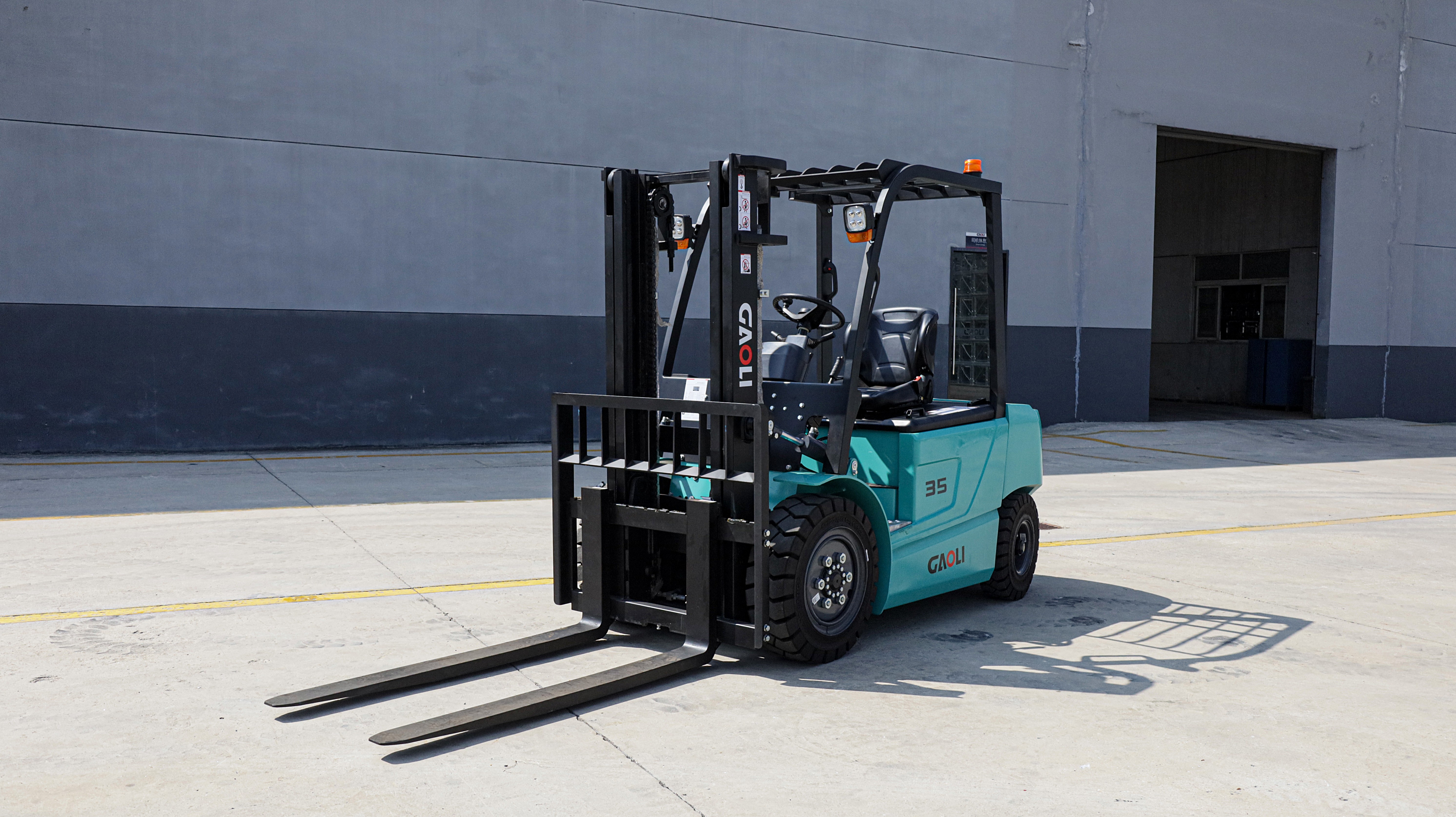Introduction
The large warehouse is the busiest area in terms of activity, and flashing by at its centre are counterbalance forklift trucks as they symbolize industrial strength. At the heart of every warehouse are these beasts, charged with moving endlessly and sometimes lifting goods but always stacking them. Counterbalance Forklift Trucks are the life blood of any materials handling processes, and with their adaptability, power and performance they remain key contributors to the warehouse revolution.
Counterbalance Forklift Trucks Explained
This gives the counterbalance forklift trucks their ability to effortlessly lift and transport large weights. It's called a counterbalance because of the large mass at back that helps to keep it balanced when lifting. This design layout provides stability when lifting heavy loads to prevent the truck from tipping and keep operators safe. There are many types of counterbalance forklifts, with electric and internal combustion models each possessing unique characteristics based on their ideal applications.
Counterbalance Forklift Trucks Key Attributes
Some of the features that make counterbalance forklift trucks perfect fit in a warehouse include:
Lift Capacity: Today's forklifts can lift between 3,000 pounds to as much as 60,000 lbs and so they should be about capable of handle nearly any load.
Reach Capabilities: They can reach high levels to create stacking of goods and so on. thereby optimizing space in the warehouse
Maneuverability: Forklifts are made for fitting into tight spaces and narrow aisles, essential in congested warehouses where the ability to slip past easily can keep business running smoothly.
Safety Features: The advanced control systems, backup cameras and warning lights support the safety of car so to prevent any accidents.
Energy Efficiency: Similar to electric modes of mobility, energy is the core value in all sectors but even more on ships due to their aim at environmental sustainability.
Counterbalance Forklift Trucks in Warehouses
Counterbalance forklift trucks are a popular choice across the board, aiding in numerous jobs within warehouses including:
Loading and Unloading: They help load trucks, containers, or railcar so that the receiving process becomes seamless.
Access and Retrieving: Forklifts are used to stock items in high racks, even though each time an item is important you possibly can access it from the warehouse as soon as…
Carrying Heavy and Bulky Items:Daily progress, there are heavy or massive items that can be walked manually.
Cross-Docking and Material Flow: Forklifts enable rapid through-put in cross-docking, where items are shipped to a warehouse facility without the need for long-term storage, making change from inbound vehicles to outbound carriers at sufficient.
Pros of counterbalance forklift trucks
There are many benefits to using counterbalance forklift trucks in warehouse settings.
Forklifts make the process of material handling faster, allowing companies to increase their productivity levels.
Enhanced Safety: Forklifts have become safer machines with various advanced safety features in place that help minimize the risk of workplace accidents and injuries.
Savings are seen over the life cycle of forklifts that require less labor to operate and improve productivity.
Flexibility: Forklift trucks can be customized to the needs of a wide variety of warehouse environments, providing a versatile material handling solution.
Challenges and Considerations
Counterbalance forklift trucks have a number of benefits, but there are also issues and points to consider when using them:
Line Operator Experience: Each staff member should be trained and certified so that, they can operate it well.
Sustainability: Typically arrives in abundance to sustain for operations on a daily basis. ·
Maintenance: Regular maintenance is required by the Company across all its equipment that will help it benefit every fork lift and restrict breakdowns.
Space Requirements: There must be enough space for safe maneuvering and parking of the fork trucks.
Regulatory Compliance: All safety standards and regulations must be complied with to avoid fines in ensuring a safer work environment.
A Look Ahead: Counterbalance Forklift Trucks Of Tomorrow
Technological advancements will continue to develop the future of counterbalance forklifts, which includes:Technological Innovation: For forward-looking potential, new designs and technology for the development of improving performance of Forklift.
Automation: The adoption of automation and robotics is poised to change the landscape forklift operations by eliminating manual labor.
In environmental terms, industry is moving through the next generation of solutions to both reduce emissions and improve energy efficiency.
Anticipated trends: The growing preference towards electric models, Introduction of the Advanced Telematics for Fleet Management and new smart forklift technologies in production by few companies.
Conclusion
Often overlooked, counterbalance forklift trucks make light work of the grunt facing warehouse operatives on a daily basis. With their heavy lifting capacity, tight space navigation and safety features for the working environment they are an important addition to any warehouse. Innovation and creativity will continue to be cultivated for counterbalance forklift pallets well into the future as they are one proven material handling solution that works in a huge range of warehouse applications.


